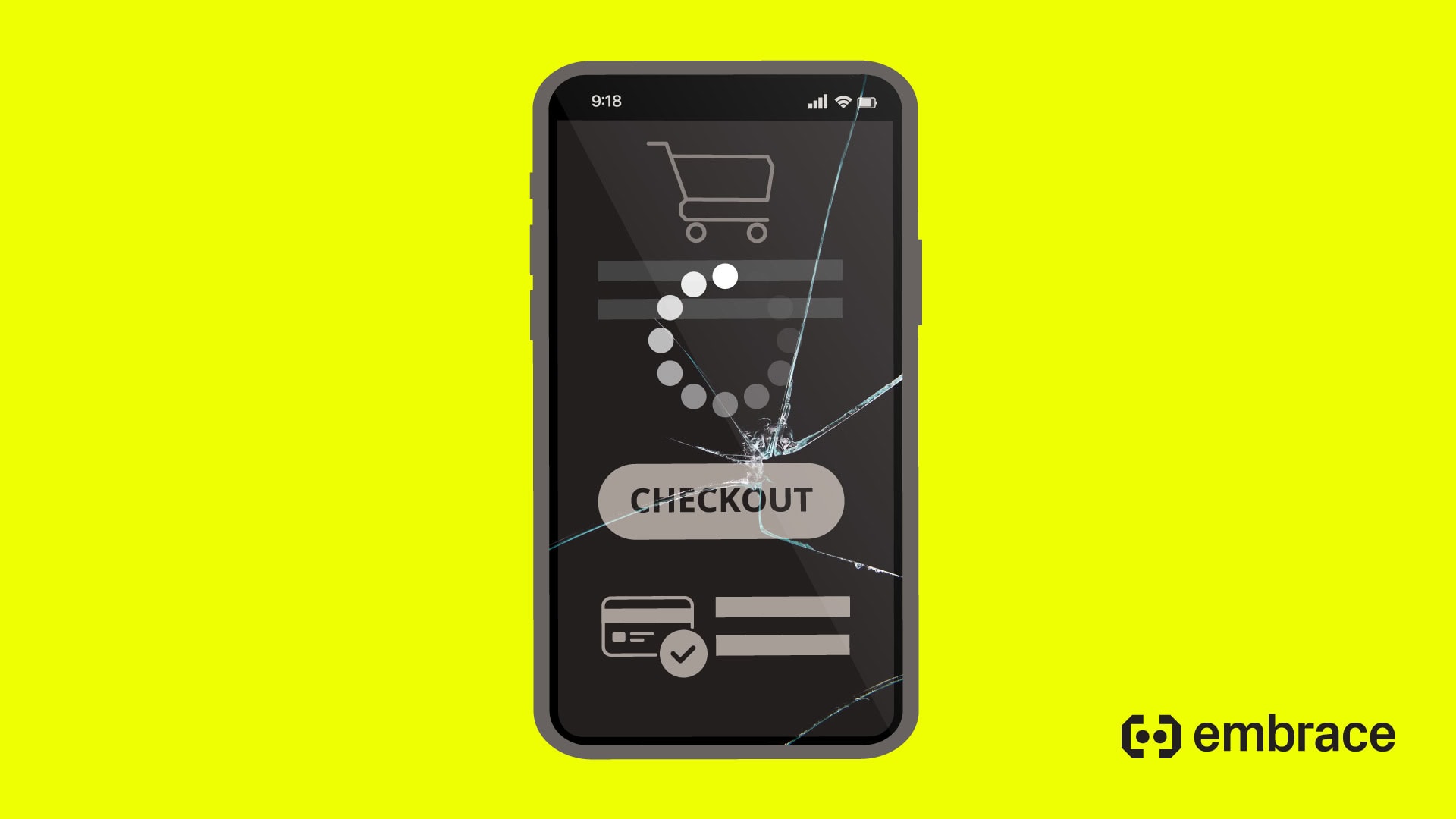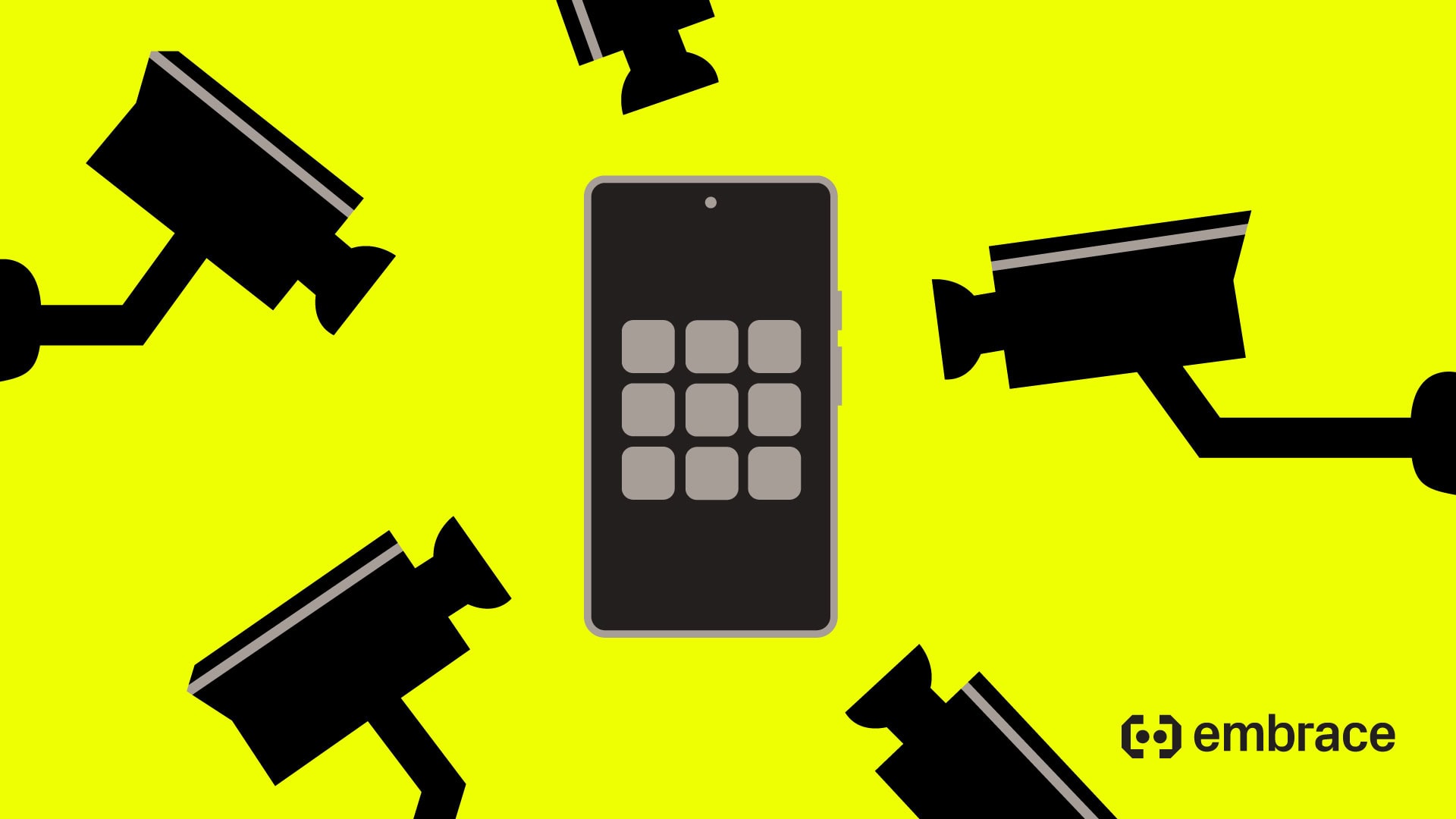
Every day, users pick up their smartphones, open up the Apple App Store or the Google Play Store, and are presented with a number of curated lists. Most coveted among these lists by mobile app developers is a spot on the Top Free Apps and Top Paid Apps lists for each store.
And while these lists can seem arbitrarily constructed at first, as it turns out, there’s a science at play behind the scenes.
A post making the round on Threads recently brought back into focus an Apptopia report detailing the many factors that go into ranking apps on the Google Play Store and Apple App Store. (Apptopia generally references this as “App Store Rank” in their report, but also points out the difference between each app store’s ranking preferences.)



